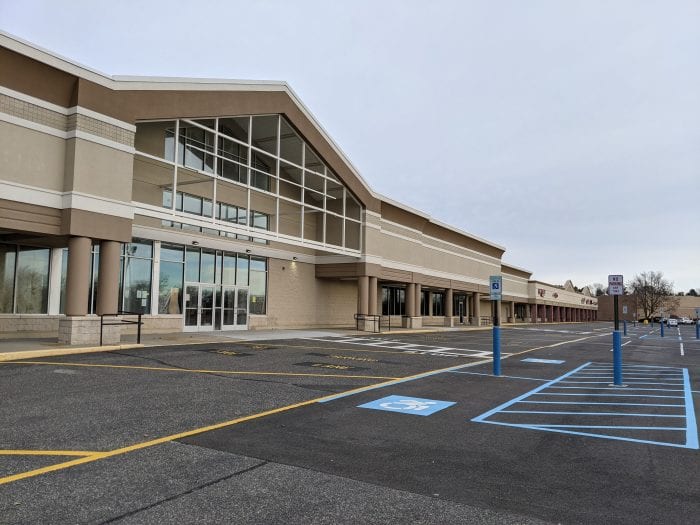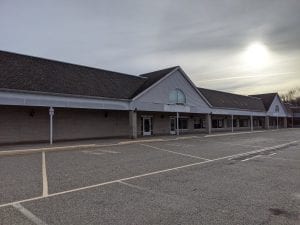By Sabrina Artusa
Brookhaven Town Board approved the long-contested Staller Associates rezoning application for the Jefferson Plaza property in Port Jefferson Station Sept. 26. It was a crucial step signifying the progression of Staller’s plan to repurpose the plaza into a residential property along with commercial usage.
Staller Associates is an Islandia-based privately-held real estate company engaged in the development, ownership and management of commercial and residential real estate on Long Island.
Councilmember Jonathan Kornreich (D-Stony Brook) announced the approval of the zone change from J2 Business to Commercial Redevelopment District, thus allowing Staller to begin planning for the apartments building.

Brookhaven residents have been divided over the prospect of this project. Some are unhappy with certain details, such as design, and desire more deliberation before making what they view as a hasty decision to rezone.
“We are not saying this project won’t be good for the community … that’s a blighted shopping center,” said Lou Antoniello, treasurer of Port Jefferson Station/Terryville Civic Association, during the public hearing. “This project is not ready to be approved tonight. I don’t understand the rush to push this thing through.”
Others stand wholly against developing more housing complexes and rezoning, while some are ardent proponents of revitalizing the largely unused plaza.
Joseph Stallone spoke on behalf of the Long Island Builders Institute. “We have some of the best schools in the country and we are sending our young minds to North Carolina and Florida and Virginia,” he said. “As someone who grew up here, I would like to stay here and I would love to stay at a development like the one Staller has proposed.”
Ira Costell, president of PJSTCA, had hoped that the developer would have involved the public more throughout the process, instead of just on a rudimentary level in the early phases of the process. He said that, in the beginning, he and his organization met with Staller, but then went almost two years without direct contact.
“We want to find a way to get behind this proposal, but we find that the process really failed us,” he said.
The CRD zoning code was amended in 2020, and this new version is at the root of resident apprehension. CRD zones are “designed to achieve economically beneficial and socially desirable redevelopment which is more creative and imaginative in its land use,” the Brookhaven Town Code reads.
The CRD label dictates that “civic space and recreational areas, including squares, private plaza, greens and public parks, shall be intermixed throughout the development for social activity, recreation and visual enjoyment.”
Indeed, Staller Associates intends to integrate a public plaza, a health club and a restaurant into the plaza in addition to the residential complex in this corridor off Route 112.
Staller has previously announced that 20% of the units will be used only for adults with intellectual or developmental disabilities. Kornreich said that Staller will likely enter into a form of partnership with a special-needs housing advocacy group to do so. The realty business has a property in Farmingdale, where it administer the same policy.
Aesthetic cohesion is a major area of concern for Brookhaven residents who say that the influx of apartment buildings will make Port Jefferson Station lack a consistent architectural theme. To many, this rezoning increases the threat of overdevelopment.
Kornreich assured those present that the appearance of the buildings is not set in stone. “A lot of these issues that were brought up by people at the [PJS/T] civic association — things related to the density, things related to the site, layout things related to the architecture — all these things will be worked out later in planning,” he said.
“The site plan has not been drawn up yet in that level of detail” he said in regard to concerns over fire safety, which he said will be worked out later in the process.








